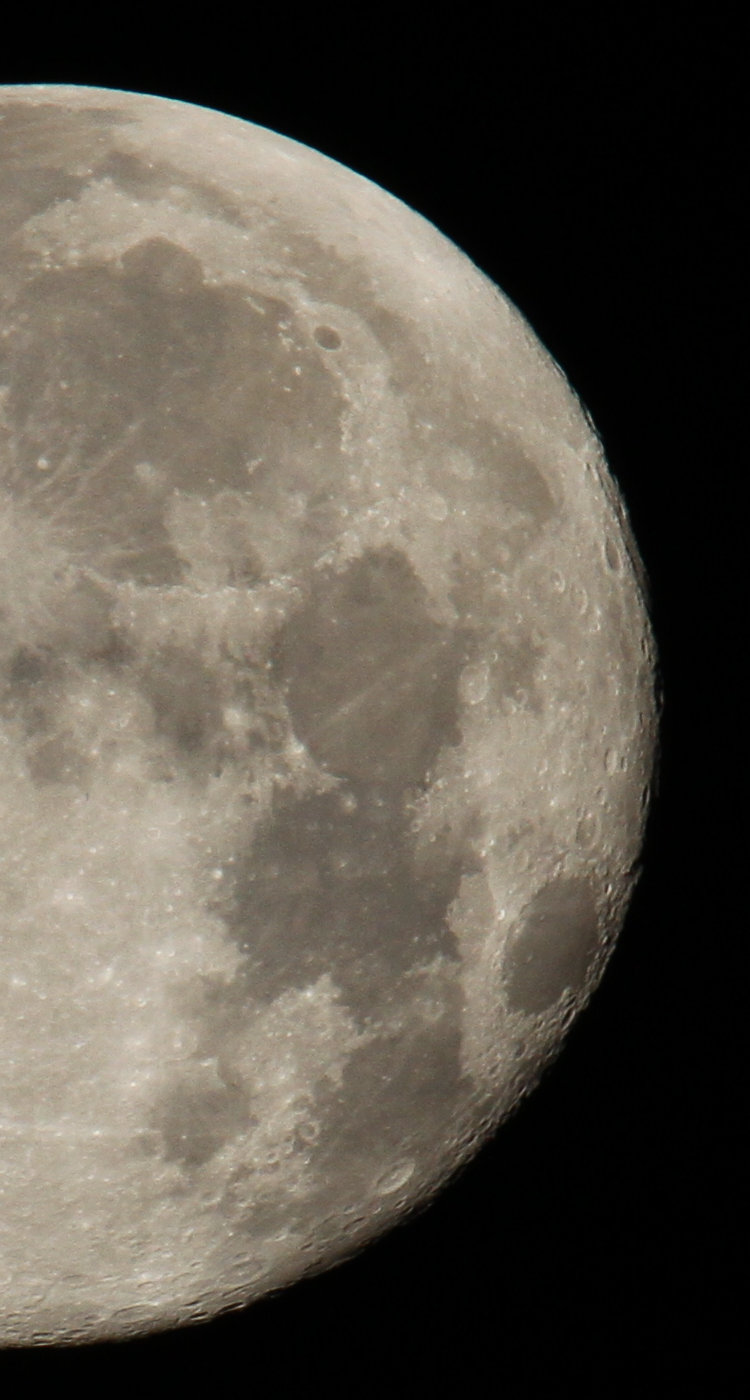I’ve been having reminders popping up from my calendar that the Perseids meteor shower is peaking within the next few days, and various sites that I’ve visited have been promoting it as one of the best showers of the year, insofar as number and display. But I’ve been neglecting posting about it for two reasons, the first being very self-centered: the skies have been overcast or semi-overcast for days (which has brought a much-needed respite from the heat,) and so visibility was zilcho. But that’s here, and maybe not where you are, should you actually exist and are not simply a figment of my imagination, which again is self-centered.
The other reason, however, is that the moon has just passed full and visibility, no matter what the atmospheric conditions, is going to be seriously affected by that, limiting the number of dimmer meteors that can be seen. Now, the radiant of the Perseids is right near the constellation Perseus, imagine that, which is to the northeast (if you’re in the northern hemisphere anyway,) so facing away from the moon – this helps a little. Except, the radiant isn’t the best guide to where to see the meteors – it’s simply that, on average, they seem to orient as if they were coming from there, though they can appear anyplace across the sky and don’t always adhere to this rule anyway. So my advice is, aim were you have the darkest skies, because the meteors are virtually guaranteed to appear most spectacularly exactly where you’re not aiming anyway.
Earlier this evening I was out, glanced up, and the moon was shrouded in scattered thin clouds which were illuminated by it, brightening the entire sky. So I went out a little later just to illustrate this to you (me,) and the clouds had cleared, except for the faintest haze. So I shot the moon anyway.

As I always say in every moon post I think, the full moon is boring, little more than a circular painting of greys, but any other phase shows more detail and character. So here I’ve selected the side that’s beginning to drop into shadow again, at full resolution, allowing you to see how the detail and texture and three-dimensionality are beginning to show. I’m actually going to be back later on to illustrate this better, I just don’t feel like typing it all up right now.
So if you’re inclined, so see the Perseids. You’re bound to do better than I, even if you’re imaginary – my luck with meteor showers is that bad.



















































